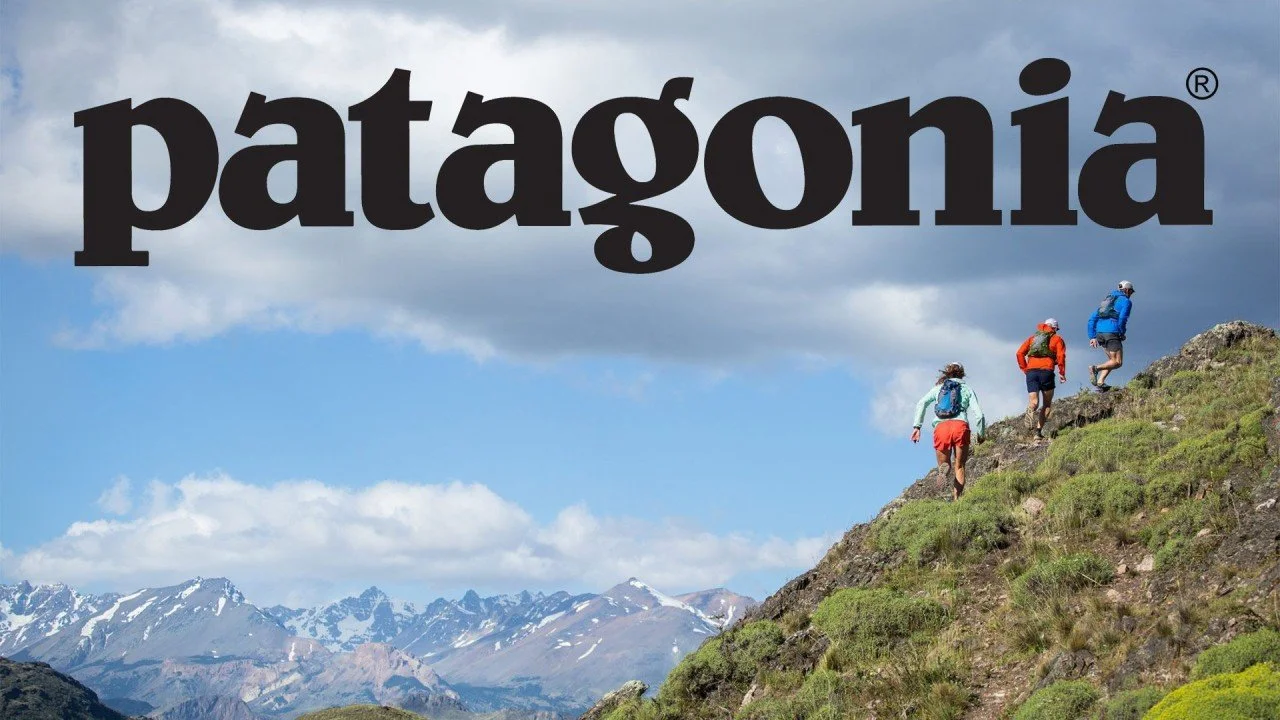Branding & Storytelling Guide.
During our summer workshop, we navigated the world of branding and storytelling in fashion. How compelling narratives are able to resonate with a conscious and sustainability-driven audience. As brands globally recognize the importance of aligning with sustainable goals, the art of authentic storytelling has never been more crucial.
In this guide, we will offer some details about crafting a compelling story, and brand examples on branding and give you access to the final recording and slides as a resource for you to work with you and your team on how to boost your branding and storytelling.
Crafting a Compelling Story
During the workshop, our CEO and Founder Mariel Jumpa, shared our story to spotlight the tools every brand should consider to articulate a story that resonates with your target audience. Nowadays communities aim to build impact through the choices they make, buying something that shares a story is more cherishable and a brand will get an ambassador for life. Therefore, crafting a comprehensive story and designing a strong branding will elevate your brand's visual and written narrative. A good story and branding can steer you towards effectively communicating your story and positioning your brand optimally.
The workshop also emphasized the importance of not only practicing sustainable fashion but also seamlessly integrating it into your brand's core narrative. By assessing and learning from your existing sustainable practices, our guide will steer you towards effectively communicating your story and positioning your brand optimally.
Branding tools to elevate your storytelling:
Brand Messaging
Clear and compelling brand messaging is essential for effective storytelling. Unique brand story, mission, and values that resonate with your target audience. a strong narrative that communicates your brand's purpose and differentiation, you can captivate and engage your customers on an emotional level.
2. Tone of Voice
Consistent and appropriate use of tone of voice is crucial for storytelling. Whether it's through your website copy, social media posts, or marketing materials, the tone of voice should align with your brand's personality and values.
3. Visual Branding
Visual elements play a vital role in storytelling. This includes your logo, color palette, typography, and overall visual style. Consistent and visually appealing branding helps to create a cohesive and immersive brand experience.
4. Customer Experiences
By creating positive and memorable experiences, you can enhance your brand's story and foster a deeper connection with your audience.
By leveraging these branding tools effectively, you can elevate your storytelling and create a compelling narrative that resonates with your target audience, builds brand loyalty, and sets you apart from the competition.
How to communicate your purpose
In the evolving landscape of business, a commitment to measuring impact is vital. The Triple Impact approach delves into not just the profit but also the purpose and the broader socio-environmental impact. Brands and firms are realizing the importance of showing their customers where their money and resources are truly invested. It's not merely about returns; it's about holistic and sustainable growth.
Translating Purpose into Positive Impact Through Storytelling
Without a clearly defined and strong purpose that aligns with and benefits the profit, social, and environmental aspects, storytelling loses its essence. The narrative thrives when it drives transformational change, illuminating how purpose translates into a tangible positive impact.
How brands do it:
Patagonia
A leading brand in the apparel industry, Patagonia's mission is resoundingly clear: "We are in business to save our home planet." This purpose is articulated through campaigns, activism initiatives, and a unique assertion that the planet is their primary shareholder. Their business model commits profits towards their mission of planetary conservation.
Veja
A beacon in sustainable footwear, Veja showcases how business practices can be intertwined with socio-environmental responsibility. Their story is intricately woven with commitments such as:
Eco-friendly materials: From organic cotton and fair trade leather to innovative alternatives like recycled plastic bottles and fish leather.
Conscious Production: Veja emphasizes reducing water consumption, chemical usage, and carbon emissions throughout their production process.
Social Impact Storytelling: By amplifying the voices of their supply chain communities, particularly the rubber tappers and cotton farmers, Veja underscores fair trade practices and partnerships. This results in positive socio-economic outcomes for these communities.
Purpose-driven storytelling is powered by data.
Quantifiable impact matters. It can be from reduced carbon emissions or improved socio-economic conditions, providing evidence of legitimate commitment. Storytelling with data amplifies the narrative, making it not just engaging but also credible.
Brands, suppliers, and companies committed to slowing down the fashion and apparel industry today have a powerful role in shaping a sustainable future. Through authentic storytelling that aligns with their purpose and showcases their positive impact, they can inspire change. For a more detailed exploration and deeper insights, we encourage you to view the full replay of our workshop.
Are you ready to gain valuable insights and practical strategies to boost your brand's storytelling?
Get your questions answered
Book a session with SFW and let's start working together







